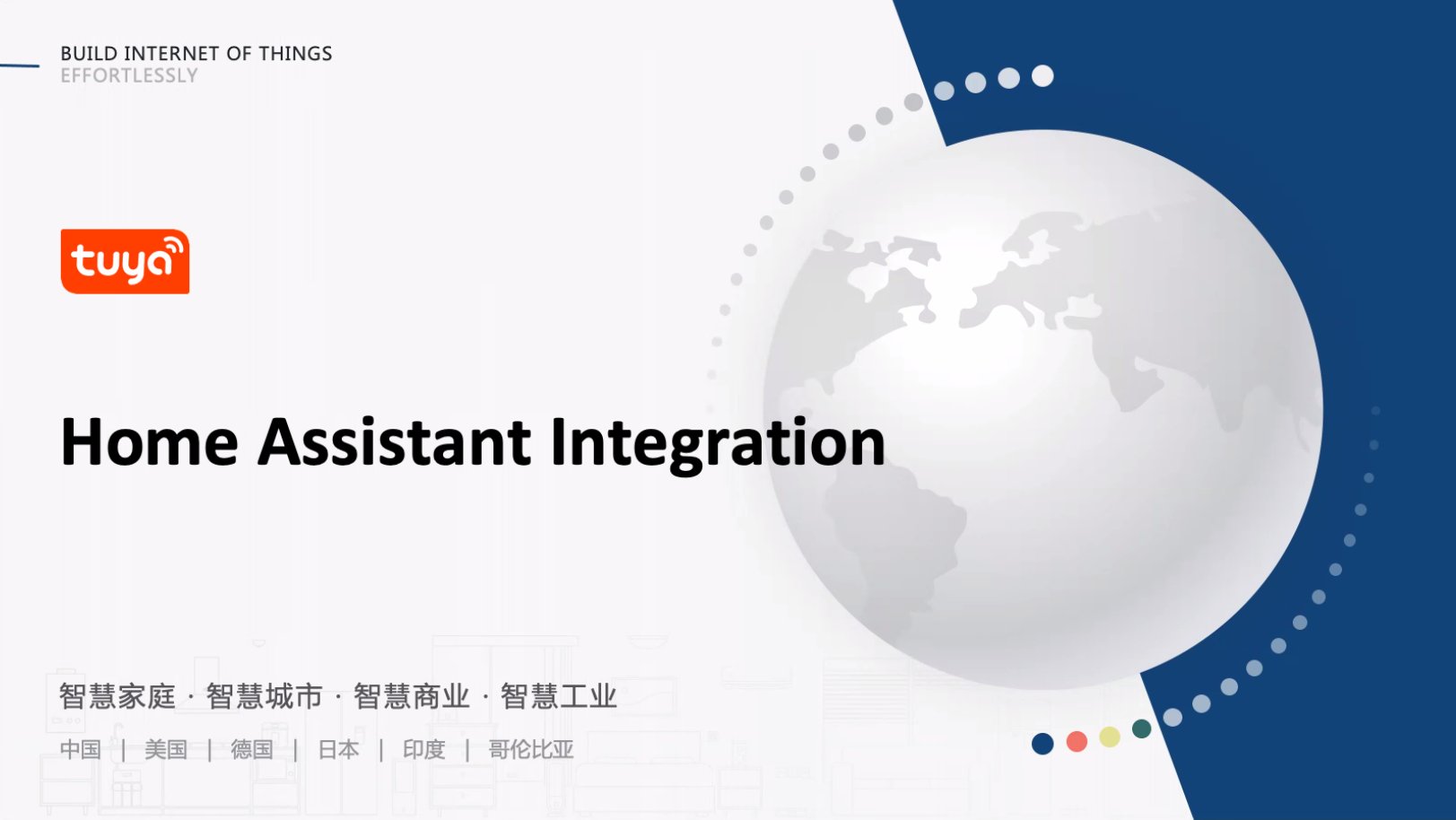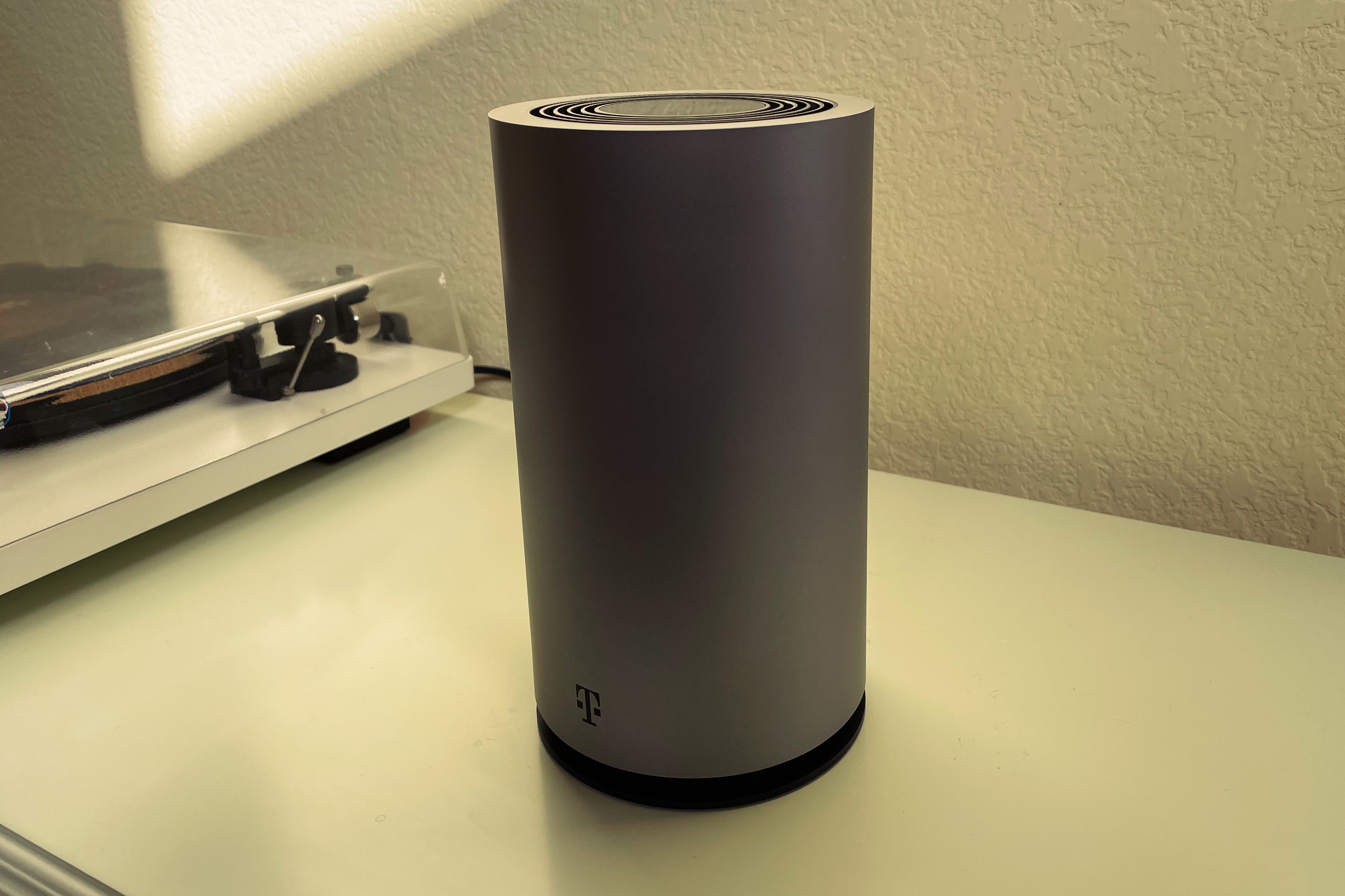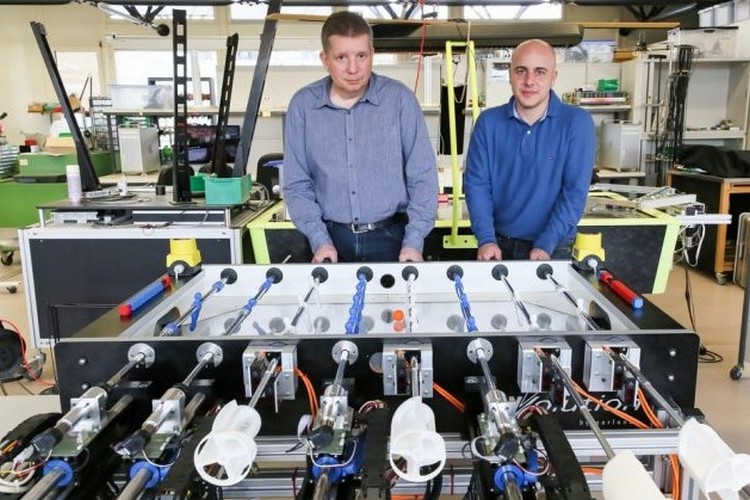Habitat 2.0: Training home assistant robots with faster simulation and new benchmarks
One of the most powerful ways to train robots to accomplish useful tasks in the real world is to teach them in simulation. Exploring virtual worlds allows AI agents to practice a task thousands or even millions of times faster than they could in a real physical space. Today, we are announcing Habitat 2.0, a next-generation simulation platform that lets AI researchers teach machines not only to navigate through photo-realistic 3D virtual environments but also to interact with objects just as they would in an actual kitchen, dining room, or other commonly used space.
Habitat 2.0 builds on our original open source release of AI Habitat with even faster speeds as well as interactivity, so AI agents can easily perform the equivalent of many years of real world actions — a billion or more frames of experience — such as picking items up, opening and closing drawers and doors, and much more. We believe Habitat 2.0 is the fastest publicly available simulator of its kind available to AI researchers.
Habitat 2.0 also includes a new fully interactive 3D data set of indoor spaces and new benchmarks for training virtual robots in these complex physics-enabled scenarios. With this new data set and platform, AI researchers can go beyond just building virtual agents in static 3D environments and move closer to creating robots that can easily and reliably perform useful tasks like stocking the fridge, loading the dishwasher, or fetching objects on command and returning them to their usual place.





















